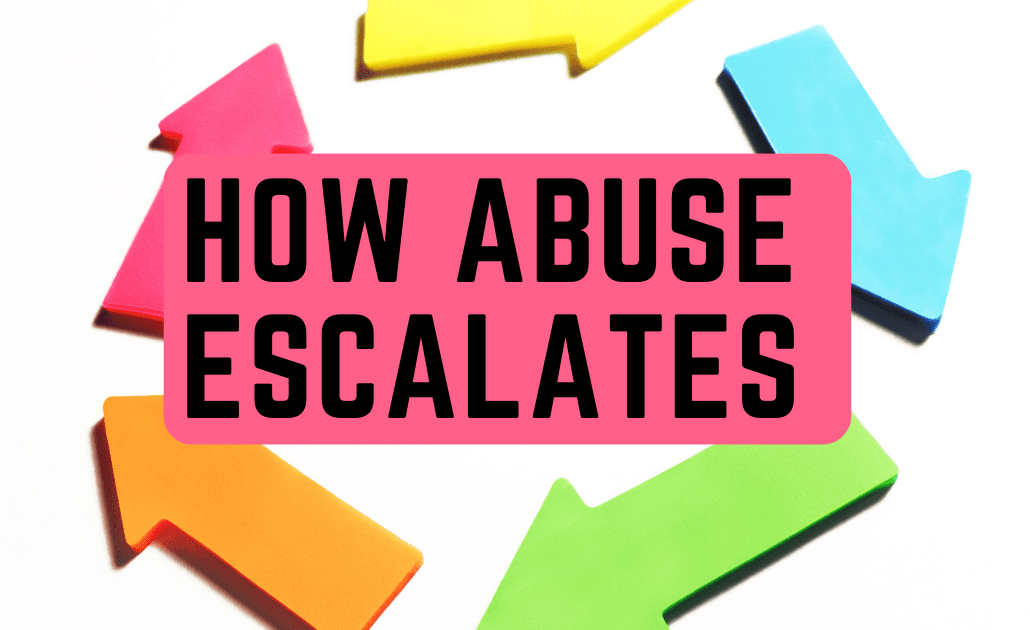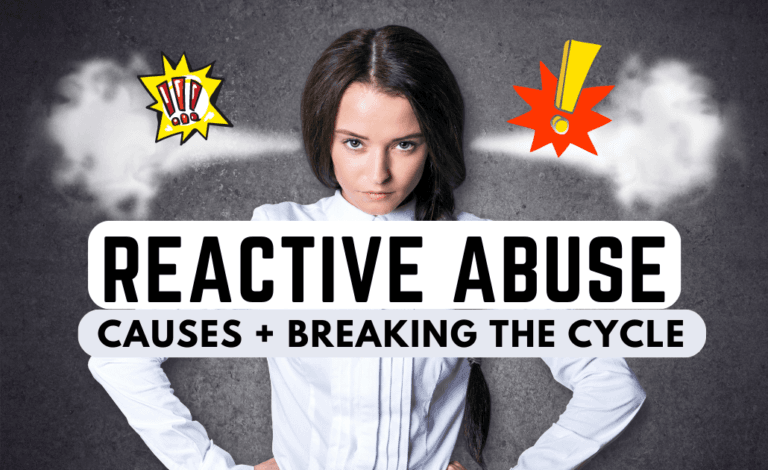Navigating Abuse: 5 Phases from Narcissistic Manipulation to Physical Aggression
Learning About and Navigating Abuse Cycles
Abuse is a complex and deeply troubling phenomenon that can manifest in various forms.
While it may start subtly, abuse tends to be a progressive pattern that intensifies over time.
In this article, we will focus on narcissistic abuse and explore how it can escalate from emotional manipulation to physical aggression.
Understanding this progression is essential to recognize the warning signs early on, helping victims break free from the cycle of abuse.
The Quiet and Subtle Nature of Narcissistic Abuse
Narcissistic abuse is a type of emotional and psychological abuse inflicted by individuals with narcissistic personality traits. These manipulators exhibit an inflated sense of self-importance, a craving for admiration, and a lack of empathy for others. They may charm and love-bomb their victims during the initial phases of a relationship, making it difficult for the person to perceive their true intentions.
The early stages of narcissistic abuse are characterized by excessive flattery, constant attention, and the idealization of the victim. This phase, known as the “love bombing” stage, is intended to create a strong emotional bond with the victim, making them feel special and deeply connected to their abuser.
The Progression of Narcissistic Abuse
Devaluation and Emotional Manipulation:
As the relationship progresses, the narcissistic abuser starts to devalue their victim. They may criticize, belittle, and undermine the victim’s self-esteem, eroding their sense of self-worth. Emotional manipulation tactics, such as gaslighting and projection, become more prevalent. Victims may feel confused, doubting their own perceptions and reality, while the abuser gains control over their emotions.
Isolation and Dependency
To maintain control, the narcissistic abuser isolates the victim from friends, family, and support networks. This isolation creates a dependency on the abuser, making the victim more susceptible to further manipulation. By severing outside connections, the abuser reinforces the belief that only they truly understand and care for the victim, further tightening their grip.
Escalation to Physical Aggression
As the emotional abuse escalates, it may eventually lead to physical aggression. The narcissistic abuser’s increasing need for dominance and control can manifest in violent outbursts, physical assaults, or threats of violence. The victim may feel trapped and helpless, making it even more challenging to escape the abusive relationship.
Understanding the Cycle of Abuse
Narcissistic abuse, like other forms of abuse, operates in a cyclical pattern. After each instance of physical aggression, the abuser often exhibits remorse and promises to change. This stage, known as the “honeymoon” phase, is characterized by apologies, affection, and gestures of reconciliation. These fleeting moments of kindness can instill false hope in the victim that the abuser will change, leading them to stay in the abusive relationship.
Breaking the Cycle and Seeking Help
Recognizing the progressive nature of abuse is crucial for victims to break free from its grip. If you suspect you or someone you know is experiencing narcissistic abuse or any form of abuse, consider the following steps:
Seek Support: Reach out to trusted friends, family members, or professionals who can offer emotional support and guidance.
Create a Safety Plan: If you fear immediate danger, develop a safety plan to protect yourself from potential harm.
Professional Counseling or Coaching: Consider seeking therapy or counseling to address the emotional impact of the abuse and develop coping strategies.
No Contact: If possible, establish and maintain strict no-contact boundaries with the abuser to facilitate healing and recovery.
navigating abuse navigating abuse navigating abuse navigating abuse









